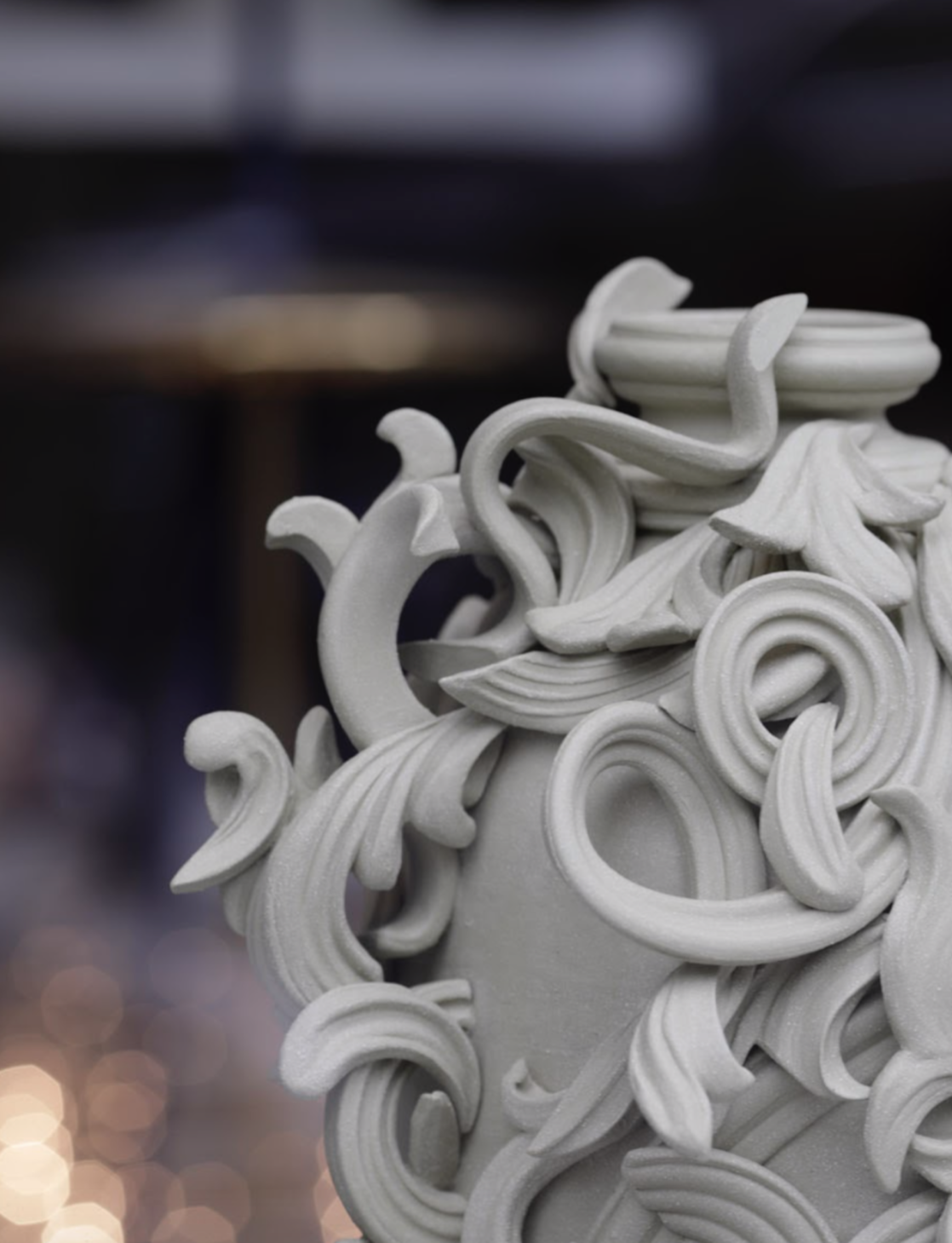Welcome to Ceramic Review
Ceramic Review is the magazine for contemporary and historical ceramics, ceramic art and pottery.
Ceramic Review Issue 326
March/April 2024
Ceramic Review is the magazine for contemporary and historical ceramics, ceramic art and pottery.
March/April 2024
Recognised for her sculptural forms that combine different techniques including throwing and handbuilding, Jo Taylor takes us step-by-step through the different process she uses to create her unique pieces. Discover how Jo makes her work in the full step-by-step masterclass inside CR 304 (September/October 2020)
My ceramic journey began in 1991 when I signed up for Kevin de Choisy’s evening throwing classes at Bower Ashton in Bristol. Happy for many years as a ‘hobby potter’ alongside my career as an administrator, then a police officer, the desire to know more about ceramics culminated in a part-time degree at Bath Spa University in 2000.
Graduating in 2005, I changed careers completely and started making functional ware and teaching ceramics. I returned to Bath Spa University to push the making further, graduating from the Master’s Degree with distinction in 2012. During the MA, I began to explore sculptural possibilities and the mixing of techniques, which I continue to develop in my small home studio in Wiltshire.
My work has been exhibited at Bath Abbey, The Holburne Museum, Tate Liverpool, Kasteel D’Ursel (Belgium), and several times at Collect, most recently with Vessel Gallery at Somerset House in February 2020. My career highlights so far include demonstrating at the International Ceramics Festival in Aberystwyth in 2015 and being commissioned by the television channel ITV to interpret their logo as sculpture for an ident that was broadcast nationally in November 2019, as part of the ITV Creates project.
Every work I make is unique; the freedom to change and challenge is important. There are failures but problem-solving is a regular part of the ceramic process. I find inspiration in architectural themes – both structure and decorative elements such as plaster ceilings.


The series of sculptural vessels that are the subject of this Masterclass were inspired by the architectural etchings of Italian artist Piranesi, in particular his Vari Capitelli, which depict the capitals at the top of classical columns. Piranesi was imaginative with his appropriation of historical structures, and in that spirit, this series of sculptural vessels has developed as it has progressed.
The works combine thrown and handbuilt processes and normally take a week or two to build, then another week or two to dry slowly. They are fired once to 1260˚C as they are not glazed, so the process from start to finish can be around a month. For the purpose of explaining the process, I have used three works at different stages to illustrate how the pieces are built. All works are made to the maximum size for the kiln (H51cm) and have a clear relationship in terms of scale and finish, although the shapes and colours vary.
For more details visit jotaylorceramics.com. For the Love of the Master: 25 Artists Fascinated by Piranesi, 28 May – 10 October 2021, Dublin Castle; dublincastle.ie
Subscribe to read this article in issue Ceramic Review Issue 305 (September/October 2020)